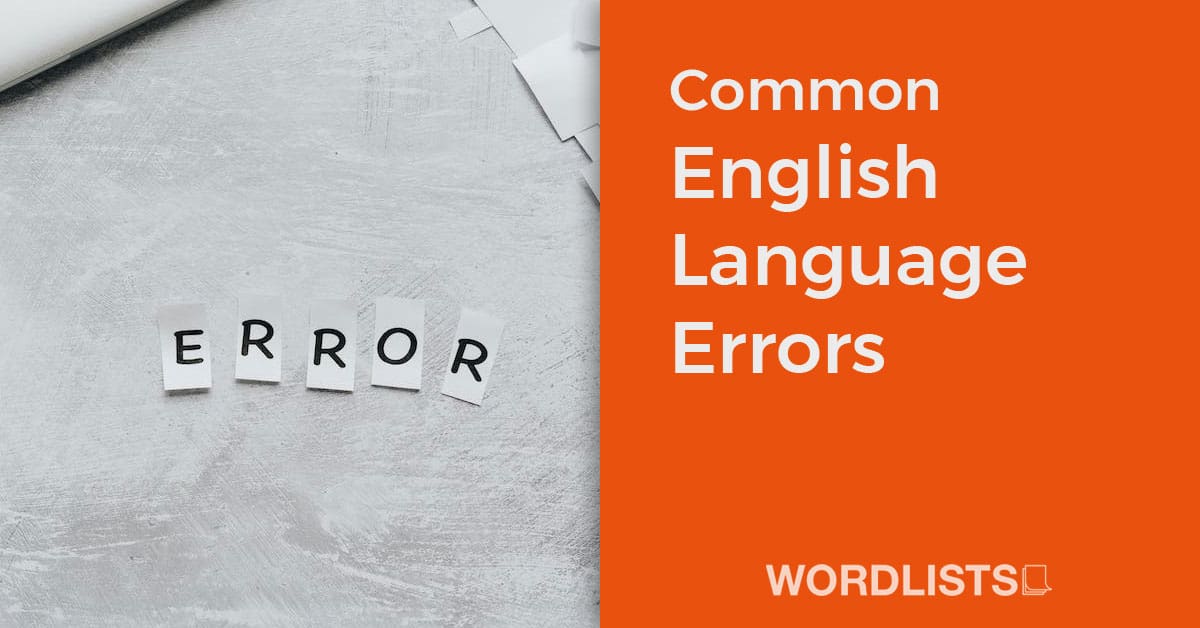Transition words are words or phrases that show the connection between ideas in a text or speech. They help the reader or listener understand the relationships between the ideas being presented, and they can also help to emphasize certain points or ideas. Some common transition words include “and,” “but,” “or,” “so,” “then,” “hence,” “therefore,” “however,” “nevertheless,” and “despite.”

Subscribe to our mailing list to receive FREE exclusive content and offers!
Transition words for essays
Transition words are essential elements in essay writing that help to connect ideas and maintain the flow of thought. They act as bridges between sentences and paragraphs, guiding the reader through your arguments and ideas smoothly.
Understanding and effectively using transition words can greatly enhance the coherence and clarity of your writing. Here are some common categories of transition words used in essays:
Addition or Agreement: These transitions add information or reinforce ideas.
Examples: “furthermore,” “moreover,” “in addition,” “likewise,” “also,” “similarly.”
Contrast or Opposition: These words signal a contrast or disagreement with what has been said previously.
Examples: “however,” “on the other hand,” “nevertheless,” “in contrast,” “yet,” “although.”
Cause and Effect: These transitions show the relationship between cause and effect.
Examples: “therefore,” “thus,” “consequently,” “as a result,” “hence,” “due to.”
Example or Illustration: These words introduce examples that support your argument.
Examples: “for instance,” “for example,” “to illustrate,” “namely,” “specifically.”
Sequence or Order: These transitions indicate the order of what is being said.
Examples: “firstly,” “secondly,” “then,” “finally,” “next,” “subsequently.”
Summarization or Conclusion: These words signal a summary or conclusion of the ideas.
Examples: “in conclusion,” “in summary,” “to sum up,” “overall,” “ultimately.”
Time or Location: These transitions indicate the timing or location of an event.
Examples: “earlier,” “later,” “beside,” “nearby,” “above,” “below.”
Comparison or Similarity: These are used to show similarities between ideas.
Examples: “similarly,” “likewise,” “in the same way,” “equally.”
Clarification or Emphasis: These words are used to clarify or put emphasis on a point.
Examples: “in other words,” “to clarify,” “that is to say,” “indeed,” “in fact.”
Condition or Hypothesis: These transitions are used for conditions and hypotheses.
Examples: “if,” “unless,” “provided that,” “in case,” “assuming that.”
Using these transition words appropriately can greatly improve the flow and coherence of your essay, making your arguments more compelling and easier to follow.
Remember, the key to effective use of transition words is not to overuse them but to incorporate them judatically where they naturally enhance the readability and connection of your ideas.
Most common transition words
There are several different types of common transition words, including:
Adversative transitions, which show contrast or opposition between ideas. Examples include “but,” “however,” and “on the other hand.”
10 examples of adversative transitions:
However: “I wanted to buy the red car; however, the blue one was more affordable.”
Nevertheless: “It was raining hard; nevertheless, we decided to continue our hike.”
On the contrary: “You might think this task is easy; on the contrary, it requires a lot of skill.”
Conversely: “The first proposal offered a quick solution; conversely, the second one was more sustainable.”
Still: “She had very little time to prepare; still, her presentation was impressive.”
Although: “Although he practiced daily, he couldn’t master the song.”
Yet: “The task was challenging, yet she completed it with great efficiency.”
Even so: “The evidence was compelling; even so, the jury found him not guilty.”
Instead: “He planned to go by train; instead, he chose to drive.”
Whereas: “His older paintings are vibrant and colorful, whereas his later work is more subdued.”
Each of these transitions serves to introduce a contrast or complication in the idea being presented, allowing the writer to show different perspectives or unexpected outcomes.
Causal transitions, which show cause and effect relationships between ideas. Examples include “because,” “since,” and “as a result.”
10 real-world examples of causal transitions:
Because: “She took her umbrella because it was raining.”
Therefore: “He didn’t study for the exam; therefore, he didn’t pass.”
As a result: “There was a heavy storm last night; as a result, many trees were down.”
Consequently: “The company failed to meet its targets, consequently, there were layoffs.”
Due to: “The flight was delayed due to bad weather.”
Since: “Since he was not feeling well, he decided to stay home.”
Thus: “He forgot to set his alarm; thus, he was late for his meeting.”
Hence: “The road was icy; hence, the driving conditions were dangerous.”
Owing to: “Owing to the success of the project, the team received extra funding.”
So that: “She saved money so that she could buy a new laptop.”
Each of these causal transitions is used to show the relationship between a cause and its effect, allowing the writer to clearly articulate why something happened or what the consequences of an action were.
Concessive transitions show that one idea is being accepted or acknowledged, despite being in contrast with another idea. Examples include “although,” “even though,” and “while.”
10 real-world examples of concessive transitions:
Although: “Although it was raining, the outdoor event continued as planned.”
Even though: “Even though he was tired, he finished the marathon.”
Despite: “Despite her fear of heights, she went skydiving.”
In spite of: “In spite of the challenges, the team managed to meet their deadline.”
While: “While I understand your concerns, I still believe this is the best course of action.”
Whereas: “He prefers traditional art, whereas his sister likes modern art.”
Though: “She is very friendly, though she can be serious when necessary.”
Notwithstanding: “Notwithstanding the difficulties, they achieved great success.”
Admittedly: “Admittedly, the task is difficult, but it is not impossible.”
Granted: “Granted, the plan is risky, but I think it’s worth trying.”
These transitions are valuable for showing that the writer has considered other viewpoints or potential problems, yet still supports their original argument or decision.
Additive transitions, which show the addition or continuation of ideas. Examples include “also,” “furthermore,” and “in addition.”
10 real-world examples of additive transitions:
And: “She bought apples and oranges from the market.”
Also: “He’s a talented musician, and also a great singer.”
Moreover: “The plan is well-thought-out; moreover, it is cost-effective.”
Furthermore: “She has experience in management; furthermore, she has a degree in business administration.”
In addition: “In addition to his skills as a writer, he is an excellent editor.”
Besides: “The car is affordable; besides, it’s very fuel-efficient.”
Similarly: “The new model is lightweight; similarly, it is more powerful.”
As well as: “He enjoys playing guitar as well as piano.”
Not only… but also: “The festival offers not only music but also a variety of food stalls.”
Likewise: “She was late for the meeting; likewise, her report was not ready.”
These additive transitions are essential for providing additional information, giving examples, or drawing parallels, which enhances the clarity and persuasiveness of the writing.
Sequential transitions, which show the order or sequence of ideas. Examples include “first,” “second,” “then,” and “finally.”
10 real-world examples of sequential transitions:
First: “First, prepare the work area before starting the experiment.”
Next: “Mix the ingredients in a bowl. Next, pour the mixture into a baking dish.”
Then: “He completed his homework; then, he went out to play.”
Afterward: “We went to the museum, and afterward, we had lunch at a nearby café.”
Subsequently: “The company expanded its operations; subsequently, profits increased.”
Later: “She plans to take a short break and later continue with her studies.”
Finally: “Finally, after hours of negotiation, an agreement was reached.”
Meanwhile: “She started preparing the meal; meanwhile, he set the table.”
Lastly: “We have discussed the budget and schedule. Lastly, let’s talk about the project’s scope.”
Concurrently: “Several projects are running concurrently to improve efficiency.”
These handy sequential transitions are particularly useful in narrative writing, instructions, and process descriptions, as they help to clearly delineate the order of events or steps.
Using transition words effectively can help to make your writing or speech more coherent and easier to understand – something well worth trying to achieve in your writing!







